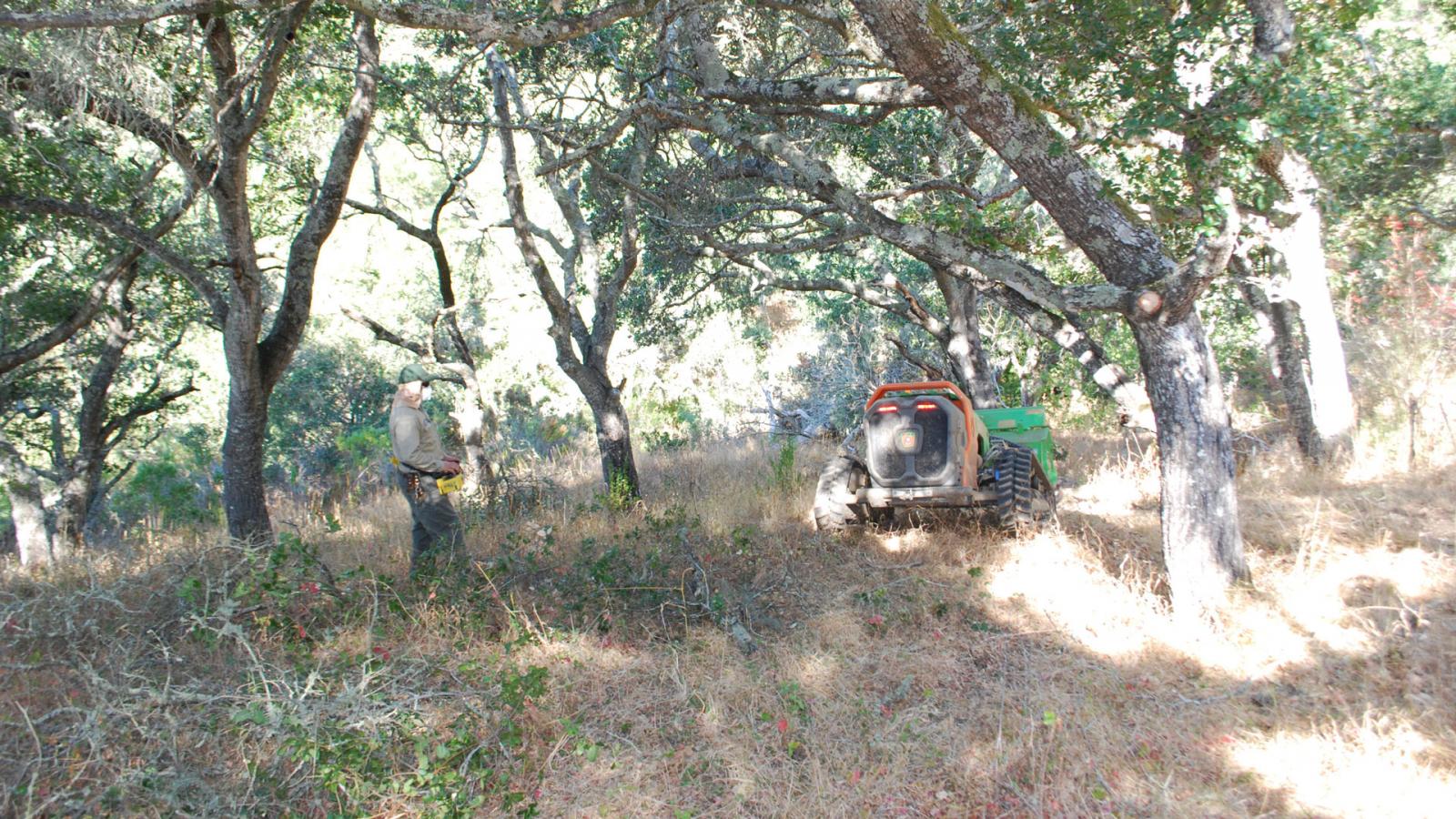Midpen is working year-round to implement our new Wildland Fire Resiliency Program, which increases our ecologically sensitive vegetation management work by approximately 600% over the next decade.
Each spring, Midpen staff identify priority vegetation management projects aimed at ecosystem resiliency. We also meet with representatives from fire departments throughout our region to learn about their priority projects areas. Our whiz geographic information system staff analyze these proposed projects using our Wildland Fire Resiliency Program criteria to annually prioritize the list.
Staff then plan for a year’s worth of vegetation management projects, which begin after our natural resources staff and consultants survey each project site for sensitive plants, animals, waterways and archaeological sites that, if present, need extra protection.
We are continuing to build our capacity to implement our Wildland Fire Resiliency Program. In November, Christian Bonner joined Midpen as the new field resource specialist in our land and facilities department. He brings a solid background in arboriculture and natural resource management to oversee vegetation management and natural resource projects throughout Midpen’s public open space preserves.
Also, in November, the California Wildlife Conservation Board awarded $1.5 million in grant funding to Midpen for forest restoration and resiliency vegetation management projects in priority areas on approximately 353 acres in Sierra Azul, Long Ridge, Saratoga Gap and Bear Creek Redwoods preserves in Santa Clara and Santa Cruz counties. The California State Coastal Conservancy recently awarded a $400,000 grant to Midpen for priority forest health and wildland fire resiliency projects on approximately 114 acres across various preserves in San Mateo County. This brings Midpen’s total grant funding received since 2017 for fire-related projects to $3.7 million.
Throughout the fall, Midpen staff was extremely busy putting grant funds to use on completing vegetation management projects in multiple preserves. New projects on the horizon are beginning this winter, and the annual cycle for identifying the next year’s priority projects will begin again in the spring.

